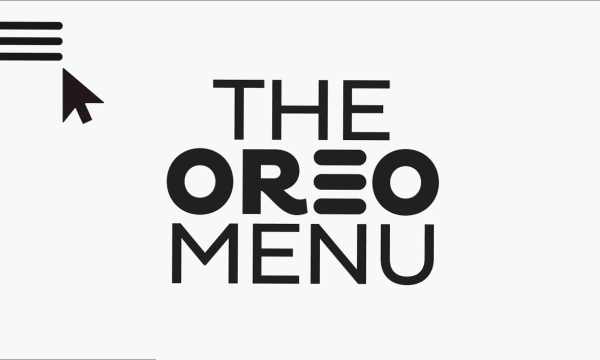Globally, the top 100 most valuable brands are now valued at a combined $3.4 trillion dollars. Given the global economic slowdown of 2016, it’s an impressive statistic that the group as a whole increased its value by 3% for the year.
But who were the year’s winners and losers—and what can they tell us about success in today’s market? Martin Guerrieria, global BrandZ research director at Millward Brown, discussed his major takeaways in a conversation broadcast by Millward Brown and WPP coinciding with the release of the 2016 BrandZ™ Top 100 Most Valuable Global Brands ranking and report.
“The main factor relevant to all categories is disruption and innovation,” Guerrieria said. “We could pick any category to talk about. Disruption and innovation are critical for brand success.”
In fact, the three highest-rising brands for the year—Amazon (59% growth), Starbucks (49%) and Facebook (44%)—started off as category disruptors, and continue to innovate.
New categories
Apparel was the fastest-growing industry in 2016 with a 14% increase in value, propelled largely by the rise of “athleisure.” As consumers worldwide introduced trendy sports pieces into their everyday wardrobes, Nike (#24) posted a 26% jump in value for the year, Lululemon grew 5% after a slow 2015, and Under Armour entered the apparel top 10 for the first time.



